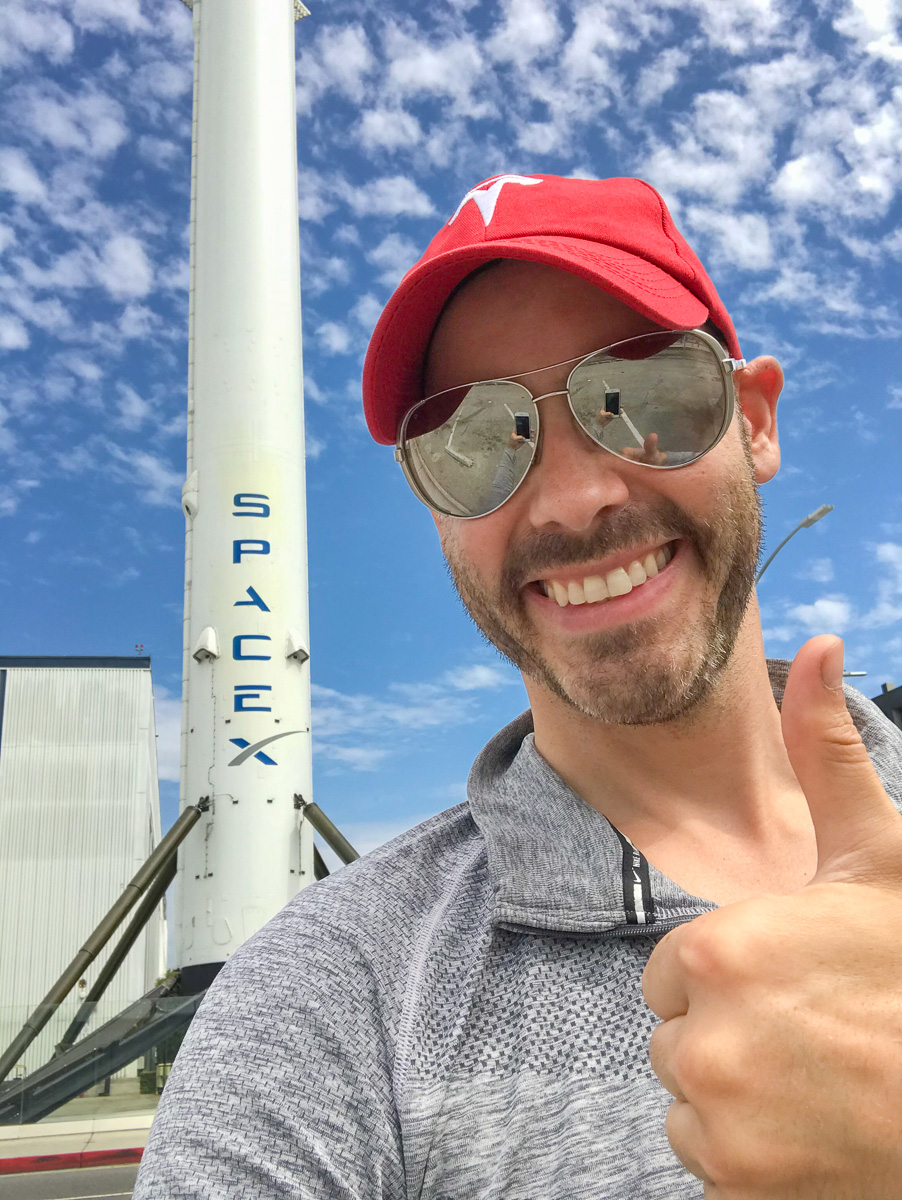Product Model Explained: Learnings from Spotify and the Best Product Companies (remote), November 27-29, 2023
As more and more people become intrigued by the inner workings of the best tech-powered companies, the term “Product Model” has emerged to describe the common principles and practices shared by companies such as Amazon, Apple, Google, Netflix, and Spotify. Companies that understand the necessity of creating an environment where empowered product teams can exercise their creativity, discovering and delivering innovative solutions that not only customers love, but also drive business success.
This course aims to explain what those principles and practices are and how you can apply them in your organization to create a similar environment. The course makes heavy use of examples and cases from these and other companies. Many of the examples are based on firsthand experience from Joakim Sundén, one of the Spotify coaches directly involved in co-creating “the Spotify Model”, Spotify’s version of a Product Model, during the six years the company grew from 10 to 200+ teams.
The course also covers Marty Cagan’s and SVPG’s definition of a Product Model (or Product Operating Model) and partly uses it as a structure to introduce specific principles, practices, and examples:
Product Strategy – How the company decides the most important problems to solve.
Example topics:
- Aligned Autonomy
- Spotify Rhythm and the Data-Insights-Beliefs-Bets framework
- Mission-based Tribes and Team Topologies
- Objectives and Key Results
Product Discovery – How these companies use empowered teams to solve those problems and discover solutions worth building.
- Empowered Product Teams (aka Autonomous Squads)
- Tackling product risks with Spotify’s framework Think It, Build It, Ship It, Tweak It
- Product discovery techniques such as Spotify Thoughtful Execution Framework and Opportunity Solution Trees
Product Delivery – How they build, test, and deliver those solutions to their customers.
- Developing high-performance teams
- Small, frequent, uncoupled releases
- DevOps and Release on Demand
To these three dimensions of the SVPG Product Model, the course adds a fourth to really emphasize the importance of the right kind of culture and leadership to underpin it all.
Leading with Context, not Control – How leaders develop people to empower and trust.
This includes topics such as,
- Servant and Intent-Based Leadership
- Transparency and trust
- Chapters, Guilds and Hack Weeks
- Product Manager vs Product Owner
This course is for…
- Leaders wanting to move towards a Product Model: CEOs, heads of Product (CPO), heads of Technology (CTO, CIO, Directors of Engineering), and other Product and Technology leaders.
- Change agents trying to help their organizations succeed on this journey, such as Agile coaches, Product coaches, and Transformation specialists.
- Individual contributors who want to work within a Product model, e.g., Product Managers, Scrum Masters, UX and Product Designers.

















